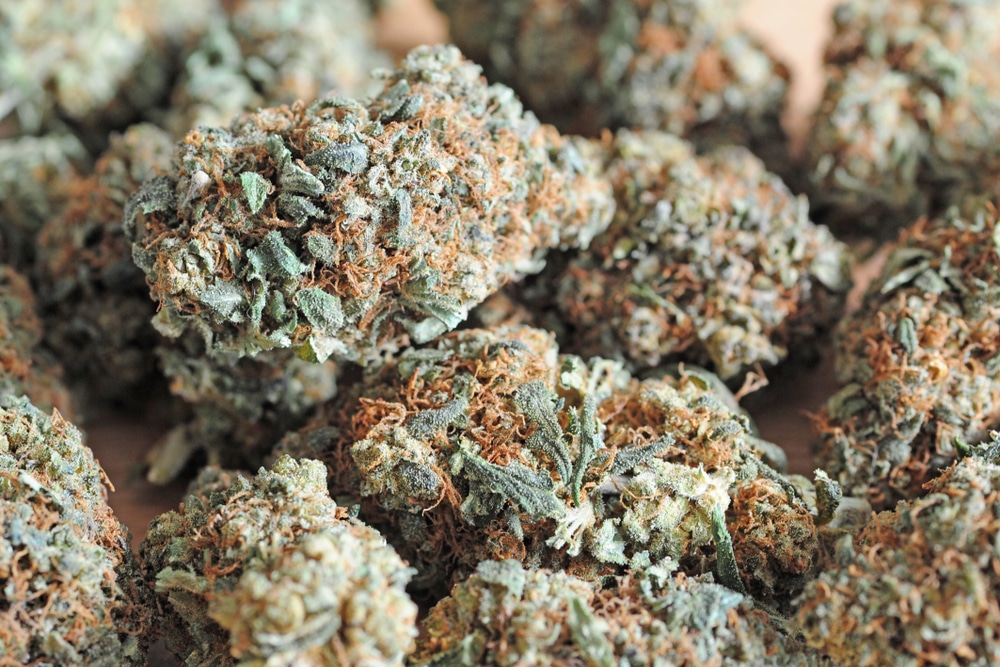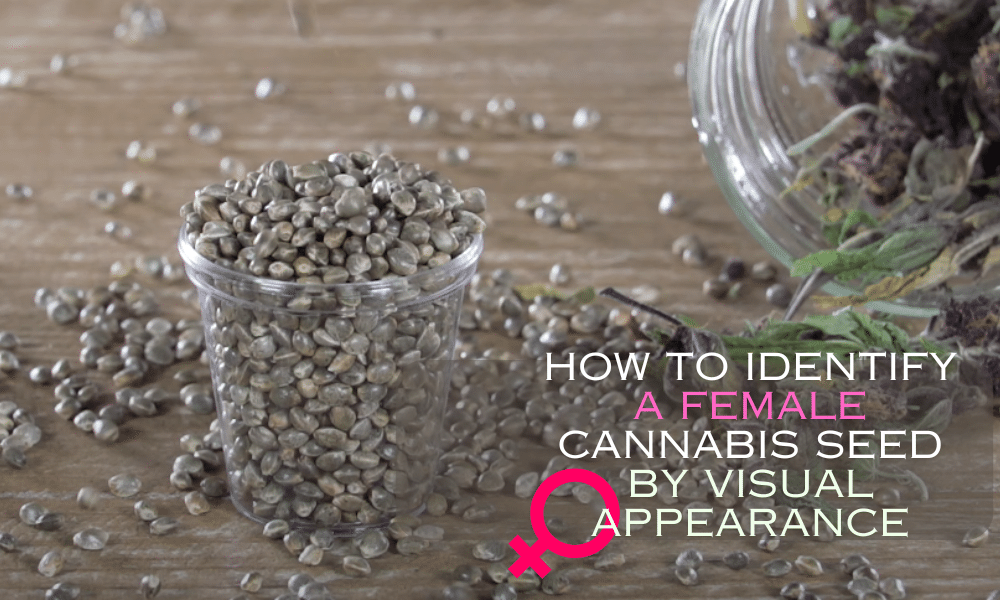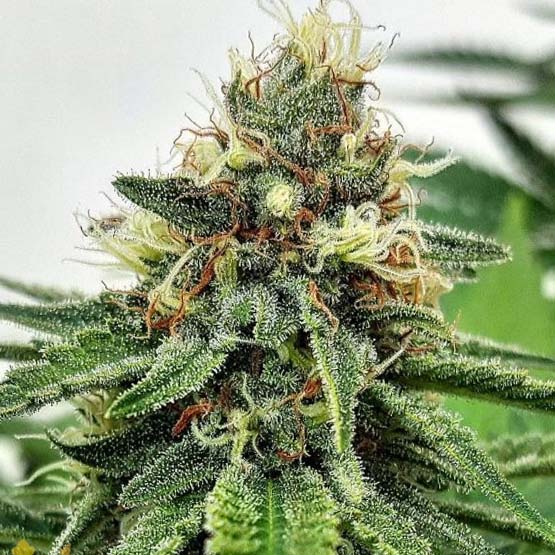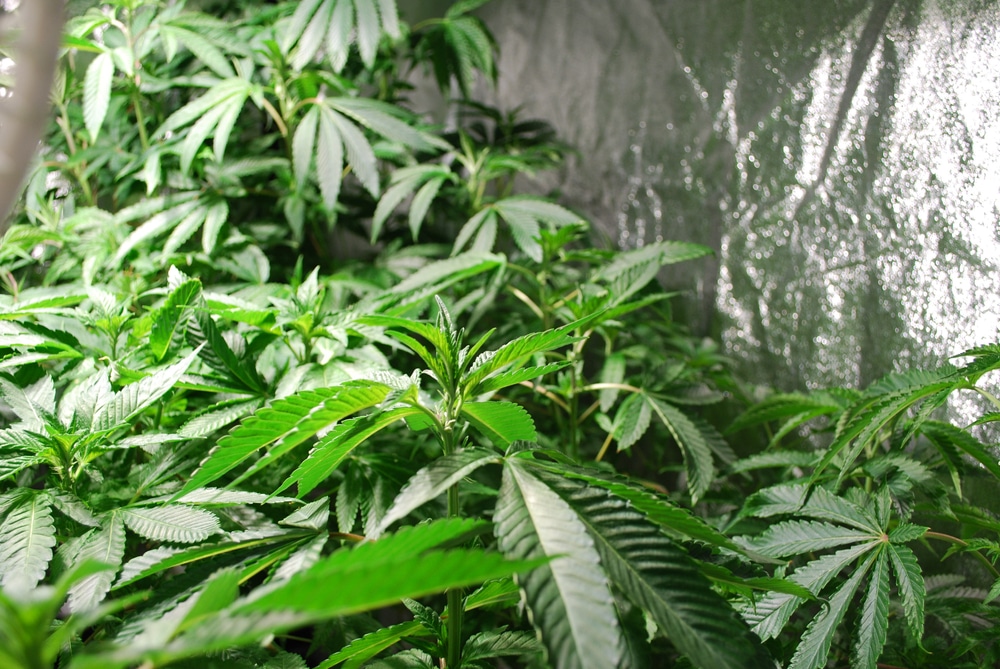No products in the cart.
Marijuana Education
How to Grow Bigger Cannabis Buds
When you start your cultivation journey, one of your goals may be learning how to grow bigger cannabis buds. It’s a common objective among many growers, and we’re here to help you achieve it.
Spending months nurturing your plants to receive a mediocre yield may be disheartening. Knowing how to optimize your harvests to get the biggest buds is essential.
Following the appropriate procedures can result in growing monster buds from your plants every time.
A crop’s genetics significantly determines its yields, but various tips and strategies can ensure optimal growth.
Whether growing outdoors or in, you can alter these methods according to your preferences.
Our guide below equips you with all the necessary information to grow bigger buds.
Let’s get into business.
Why is cannabis bud size important?
Bud development appears when cannabis plants are in their flowering stage. The prized nugs hold Tetrahydrocannabinol (THC), the psychoactive component in weed. They also contain a variety of sought-after cannabinoids, many of which have potential medical uses.
The sugar leaves on a cannabis plant are covered with THC-rich trichomes, but the fluffy buds are far more concentrated with cannabinoid content.
Female and male buds are abundant in THC, but a few key distinctions set the two apart.
Indica strains generally produce smaller ones, while their sativa counterparts are fluffier.
Why does the size of these cannabis components matter?
In a nutshell, bigger buds are associated with higher quality.
Sometimes you may get smaller popcorn buds, which typically form at the bottom of the plants. These are underdeveloped but useful, though most growers want to avoid getting them.
The cannabis industry is full of information on how to improve your plant’s growth. Thanks to years of experience, we can provide you with all the essentials for larger buds.
Let’s explore the difference between these revered parts of male and female cannabis plants.
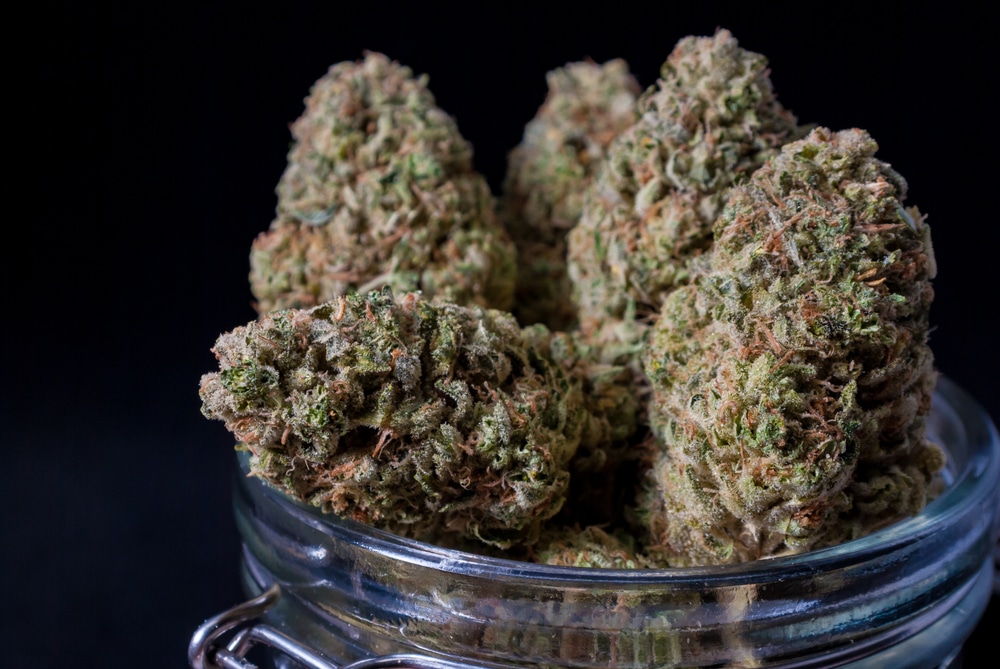
Male buds vs. female buds
A common misconception is that male cannabis doesn’t yield smokeable buds.
Female flowers have a much higher THC content, but males still contain a decent amount of cannabinoids for various uses. The only drawbacks are that they produce seeds in abundance and deliver fewer psychoactive effects.
When male buds grow, they resemble rounded flowers covered in pollen.
If you’re growing cannabis plants for recreational or medicinal consumption, it’s vital to ensure male plants don’t pollinate the females. If they do, you won’t get big buds, only smaller ones with much less THC.
A male marijuana plant is beneficial in many ways, and without them, we wouldn’t have the variety of strains we have today. Breeders use them to create new phenotypes or make clones of valuable cultivars.
Female buds appear about two weeks after their male counterparts, initially appearing as spherical, white, and hairy growths.
They generally form at the top of the weed plant and on the tip of each branch.
Don’t be discouraged if your crop doesn’t generate large buds at first.
It’s possible to encourage your female’s bud sites to produce more when you implement specific cultivation practices.
How do you grow healthier and denser buds?
As a proud grower, you want to reap the highest yields from your precious marijuana plant.
You need healthy crops as a foundation to produce bigger buds. There are several techniques to employ that could help increase the size of your flowers.
Let’s explore them in depth.
Lighting for bigger cannabis buds
Light is crucial for growing bigger buds as it aids in producing sugars in marijuana plants during photosynthesis.
Modern technologies provide suitable LEDs and light bulbs for every grow room or personal preference. Each option has benefits and cons, so conduct thorough research before investing in pricey equipment.
A standard guideline for lighting is that 100 watts of power can illuminate one square foot.
A 600-watt light can illuminate a 6′ x 6′ space. The spectrum your source emits also impacts how your plant grows to produce the biggest buds.
Each wavelength affects a different component of your cannabis plant’s growth. High-pressure sodium (HPS) and metal halide (MH) light bulbs don’t emit a full spectrum.
HPS emits the red spectrum, while MH emits the blue spectrum, so they’re still beneficial.
Consider using MH bulbs during vegetative growth and their HPS counterparts in the flowering stage.
Many growers use LEDs as they emit almost the entire spectrum essential to harvest bigger buds. Here’s an overview of how these lights are beneficial:
Blue/green wavelengths (490–570 nm) are essential during the vegetative stage because it boosts plant development and water absorption.
Yellow wavelengths (570–585 nm) encourage stretching and budding. They induce light absorption via the plant’s photoreceptors to develop into denser buds, increasing yields.
Red wavelengths (520–720nm) alert your plant that autumn is approaching, stimulating resin production and the rapid growth of potent buds.
Ensure your lighting is positioned correctly to prevent heat stress on your crops. If you place your palm at the top of the canopy, you shouldn’t feel any heat, nor should the plant.
Consider using a digital thermometer to provide more accurate temperatures. Giving your crops the proper lighting warmth ensures they produce happier and bigger buds.
Remember to adhere to the correct light cycle in your grow room for optimal plant growth.
Your crop needs specific light intensity, optimal temperature and humidity, and more energy to produce bigger buds.
The vegetative stage is a critical point in plant life, so ensure you provide them with 18 hours of light and six hours of darkness.
Too much light can negatively affect vegetative growth, so indoor growers must observe the growth pattern to encourage the healthiest buds.
Most growers switch to a 12/12 lighting cycle during the flowering stage to ensure the best bud growth.
When growing outdoors, spread your trenches or pots apart, so all sides get full sunlight. Your weed crop may get the most rays and fresh air if you grow them on a slope that faces south.
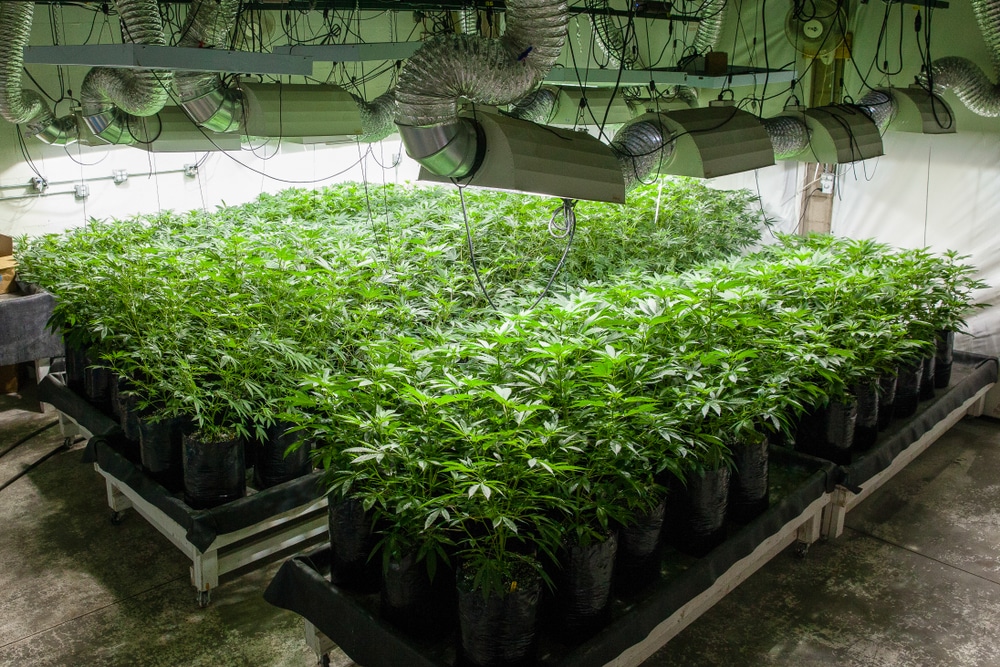
Carbon dioxide
Carbon dioxide is essential for your cannabis plant blooming growth. The more, the better.
Natural air contains 350–420 ppm of CO2, so it’s vital to try and match this when growing indoors.
Your plants use light energy and CO2 to produce the required sugars. You might not get bigger cannabis buds if you raise the gas levels in the grow space without increasing the light.
Consider raising the light intensity and carbon dioxide levels to produce large buds and optimal yields. Some people claim that doing so may double your outputs from a single harvest.
Excessive amounts of CO2 might be dangerous for humans. Consider wearing protective masks when working with your crops.
Temperature and humidity
Cannabis plants require proper temperature and humidity conditions to grow to their full potential and avoid issues like bud rot.
When the lights are on, the ideal conditions for seedlings are 67–77°F and around 65–70% relative humidity (RH).
You should ideally decrease the RH by 5% weekly while keeping it at 40–70%. Don’t go lower than 40%.
Adjust the temperature during the vegetative stage to around 71–82°F when the lights are off. Ensure the variation from day to night isn’t more than 10–15°F.
During the flowering stage, plant life can withstand temperatures as high as 82°F. Keep RH at 40–50% during this phase; avoid exceeding 55%. Maintaining these conditions can increase your chances of getting huge buds.
Feeding
Consider properly feeding your crops to ensure healthy plant metabolism and higher yields. Your crops may produce buds even if you deny them the necessary nutrients, but the result will be malnourished, unhealthy, and low-quality flowers.
Knowing your plant’s life cycle helps you to understand when and how much to feed them. It’s vital to provide the right minerals in accurate quantities at every stage.
Your marijuana plants require different nutrients, split into micronutrients and macronutrients.
Consider starting with lower doses and increasing them progressively to avoid nutrient deficiencies or burning. Let’s explore the best ones to provide your plants.
Best nutrients for large healthy buds
Your cannabis plants require proper feeding to offer a bountiful harvest with high-quality buds. They need varying amounts of each essential macro and micronutrient depending on where they are in their growth cycle.
Macronutrients
The three main elements for any cannabis plant to flourish are N-P-K: nitrogen (N), phosphorus (P), and potassium (K).
The most important nutrient for the vegetative stage is nitrogen. It’s vital for photosynthesis as it’s part of the chlorophyll molecule.
Be careful not to provide too much nitrogen, as it could damage your crops. Lower the dose when your plants start flowering.
Phosphorus promotes the breakdown of sugar and starch. It carries energy through plant cells and aids in transmitting genetic information from one generation to the next.
Potassium distributes vital carbohydrates, minerals, and water throughout the plant tissues. It also helps in terpene and bud production.
Ensure you provide these three nutrients sufficiently to ensure your buds fully develop.
Micronutrients
Most ideal marijuana fertilizers contain minerals like magnesium, sulfur, and calcium. These micronutrients assist with specific processes and are equally important to the three main macronutrients.
Monitor and adjust the PH level as cannabis plants depend on it to absorb nutrients properly.
It’s also vital to give your plants only nutrients they require, nothing more, nothing less.
Start with a lower dose to help avoid nutrient burn, as excess amounts may cause your plants to exhibit deficiency signs instead of producing huge buds.
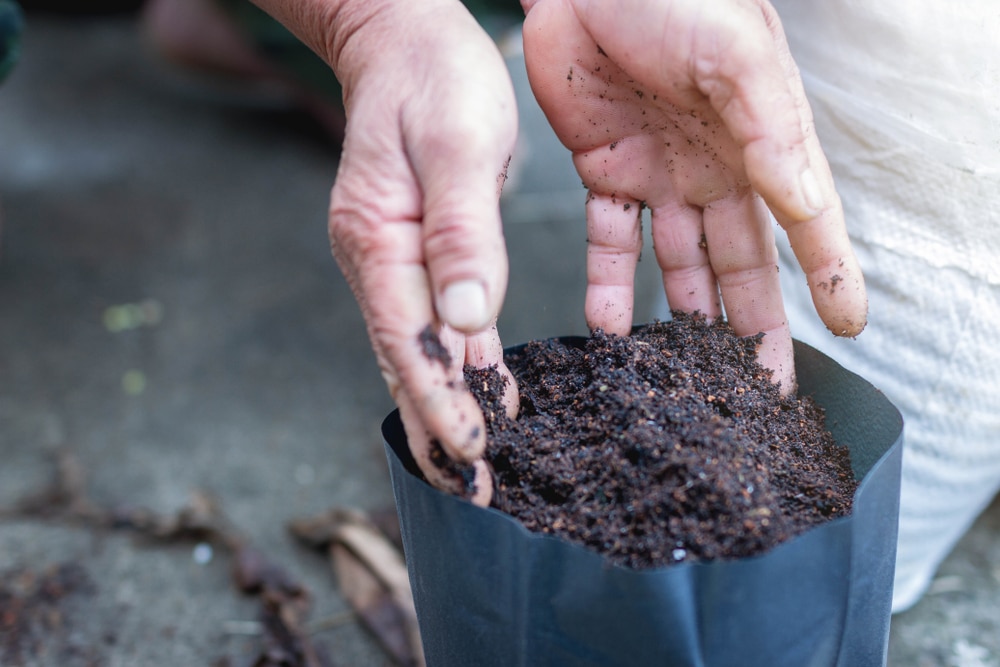
Using nutrients to grow big buds
Nutrient burn is among many ways that you may ruin a good crop. Below are some tips that might help you avoid this and achieve the desired results.
Mixing nutrients
Trust the experts to blend the nutrients. If you attempt to do this on your own without previous understanding, you run the risk of creating a solution that has inappropriate nutrients.
As a result, you might end up causing the death of your plant instead of improving its performance.
Administering nutrients for flowering and growth
When the flowering stage begins, avoid switching the feed from leaf growth to flowering. Cannabis needs some time to react to light stimulation as best as possible.
Provide additional nitrogen during the vegetative stage, with lower phosphorus and potassium levels.
When flowering starts, lower the nitrogen and increase potassium and phosphorus. Use a bloom booster to help promote better plant health and grow bigger buds.
Mixing organic nutrients
Consider using organic nutrition if possible. There are accessible ready-made organic feeds, or you can prepare your own if you have the knowledge and patience.
Remember that getting the ideal homemade organic feed with the correct N-P-K ratio is best, as cannabis thrives on these essential nutrients.
Control of plant growth
Mediums without nutrients are best suited for managing the amount of minerals your plants receive and the speed at which they feed.
Unless you’re an expert, use this media with something other than manure or slow-releasing nutrients. Add the necessary ingredients to the plant’s water rather than getting mediums that claim to have all the essentials.
Nutritional issues
Regularly examine your elements like water, medium, and the pH of the nutrient solution.
Overwatering, overfeeding, and underfeeding can cause plant death and wilting. Other elements include high temperatures, lack of sunlight, pests, fungus, and diseases.
Dilute nutrients first
Dilute the nutrient mixture before applying it if you’re growing indoors.
Although bigger buds require more nutrients, indoor plants might respond poorly to heavy infusions. Try reducing each mix by roughly 20% to avoid issues.
How to use the nutrients
Using both micro and macronutrients requires paying close attention to detail. You must choose the correct quantity for big buds, follow a feeding schedule, and only provide plants with the necessities.
Sometimes this entails feeding much less than the advised dosages. Start with 1/4 and gradually increase to 1/2, depending on how the plant reacts. Cannabis crops may develop problems like burning and weak stems if they receive excessive nutrients.
Use a complete nute package for the duration of your growth to get big buds and optimal results.
Track pH levels to increase the bud size
The pH levels and nutrients work closely together to produce healthy yields. Marijuana plants rely on the growth media’s pH near the roots to absorb their food correctly. An imbalance may cause toxicity or deficiency.
Each nutrient works differently in environments with varying acidity levels. Chemical processing depends on the pH level, determining whether the minerals dissolve or fall apart.
Check and adjust the level to harvest beautiful big buds from your plants. The pH scale spans from 1 to 14, determining the acidity and alkalinity of a liquid solution.
The pH of pure water is 7, which should be the level of your growth media. It may also be slightly lower.
Soil should fall between 6.0 and 7.0, while soilless mediums like hydro, clay pellets, and coco may fall between 5.5 and 6.5.
Monitoring these levels is crucial for your cannabis plants to acquire nutrients effectively.
Incorrect pH values cause nutritional deficiencies at a specific amount of acidity. For instance, your marijuana plant won’t absorb magnesium properly if the level is too low.
Whitening and yellowing leaves are symptoms of the deficiency, but the veins may remain green. Adhere to the strain’s requirements and nute pack guidelines to avoid issues.
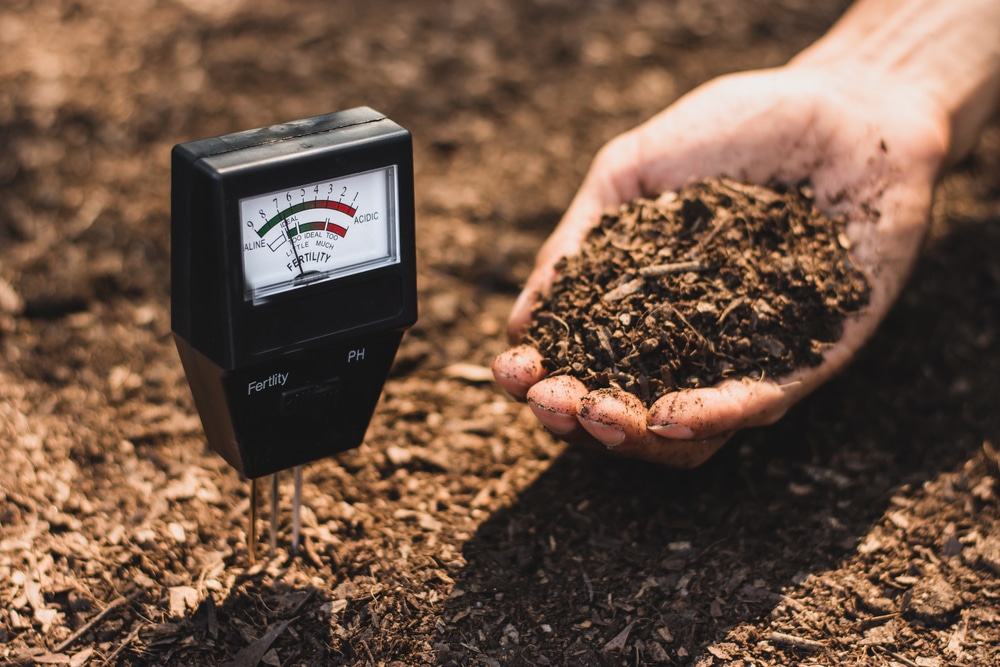
Monitor EC levels to produce bigger buds
Electrical conductivity (EC) value indicates the salt concentration, gauging the nutritional level of the water or soil you use to feed your plants.
Water with an EC value of zero is typically purified and devoid of all minerals and salts, with a pH of 7.
Regular tap water isn’t as balanced, so it generally isn’t ideal.
The EC value is crucial since your plants can only get adequate nutrients if it’s low, but problems occur if too high.
Ideally, the EC value should remain in these ranges during each stage of growth:
- Early vegetation: 0.8–1.5
- Late vegetation: 1.3–1.7
- Peak flowering: 2.0–2.5
- Pre-harvest: 1.5–2.0
The pH level drops if nutritional salts accumulate in the soil, and roots won’t be able to take in nutrients as well as they should.
Invest in a specialized monitor to measure EC values and keep them in the ideal range for your plants.
Training marijuana plants
Training your marijuana plants is another easy technique to enhance production.
Cannabis plants typically grow one primary, large stalk with smaller surrounding branches if left alone.
The main stalk grows in a menorah shape like a lampstand, with the central candle being the highest up.
It produces a lovely large cola, but the height determines where to place the lights if growing indoors. The lower branches may receive substantially less light, which isn’t ideal.
Training your cannabis plant encourages the growth hormones focusing on the central stalk to redistribute to surrounding branches. As a result, using specific techniques enables your crops to grow buds exponentially.
Plant training methods like low-stress training (LST) and high-stress training (HST) help you alter how your cannabis plants develop. They result in uniformed branch canopies evenly spaced from the light source to promote the production of large colas.
These methods allow more airflow and light to reach the entire plant, providing the flower sites correctly and producing denser blooms with higher yields.
Low-stress training
Low-stress training is a technique that doesn’t mutilate the marijuana plant. The purpose of this method is to bend the stem and branches horizontally.
Low-stress methods include Sea of Green (SoG), Screen of Green (SCRoG), and tie-down techniques. Each approach is better suited to a particular situation while producing optimal results.
When done correctly, you achieve the desired structure, which can increase yields and harvest quality.
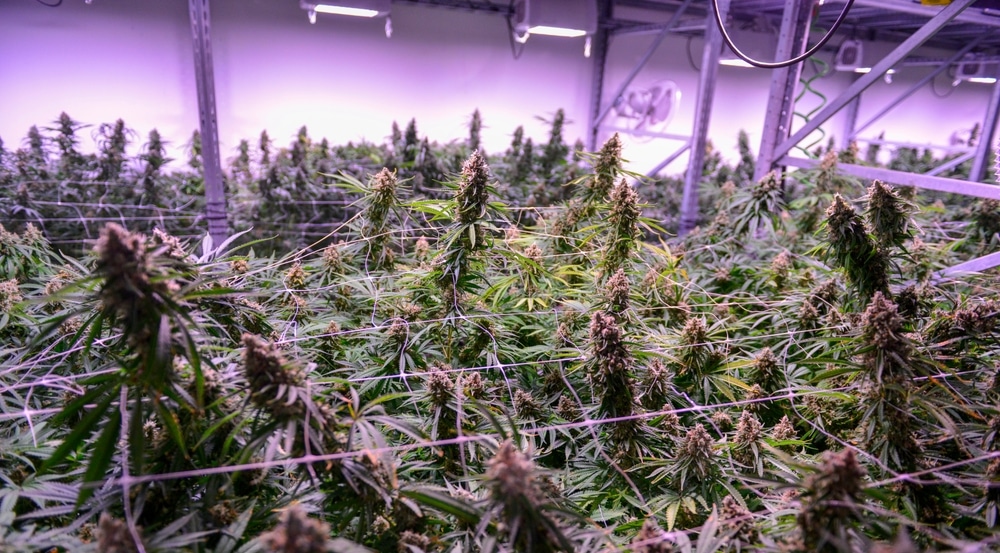
High-stress training
High-stress training is a technique that includes fimming and topping, cutting the plant in a specific way to distribute light and airflow equally.
It takes less time and is more stressful for the cannabis plants. Performing HST on autoflowers is only advised if you’re experienced, but it can reap phenomenal results if you pull it off.
It’s also typical among growers to combine LST and HST to achieve the desired effects.
Pruning marijuana plants
Buds form at most of the nodes on a cannabis plant, where branches or leaves grow from the stalk.
Nodes with buds at the lower part of the marijuana plant often don’t get enough light, which prevents them from fully developing. They may attempt to form during flowering but sometimes fail.
Contrary to popular belief, more nodes don’t necessarily equate to more and bigger buds. They’re still essential for growth, so increasing them is beneficial.
The best strategy to increase your plant’s output is to prune cannabis sections that aren’t getting enough light.
Remove the buds and foliage under the canopy to make your cannabis plant look like a “lollipop.”
You could get the biggest buds by using this method, as it directs all the energy to the canopy, where the THC-rich parts get the most light.
Harvest when it’s right
Harvesting cannabis plants at the proper time is one of the key factors in producing larger buds. Being patient is crucial, as reaping too soon can ruin all of your hard work.
During the last two or three weeks of the flowering phase, cannabis buds can grow up to 25% larger.
Look at the trichomes under a microscope to determine whether the marijuana plant’s buds prepare for harvest.
Pistils
These white hairs emerge from the calyxes during the pre-flowering stage. They begin to turn brown and wilt as the plants prepare for harvest.
Yellow leaves
The large fan-shaped leaves on your cannabis plant turn yellow at the end of the growth period.
As harvest time approaches, it’s a natural signal that the plant is nearly ready for harvest. If this happens at other stages, it could indicate a serious issue.
Trichomes
The standard practice is to determine when to cut down your plant by examining the condition of the trichomes.
Depending on your preferred effects, it’s recommended to harvest only when most trichomes are ready. Cloudy ones typically produce a more cerebral effect, while amber ones indicate a more physical impact.
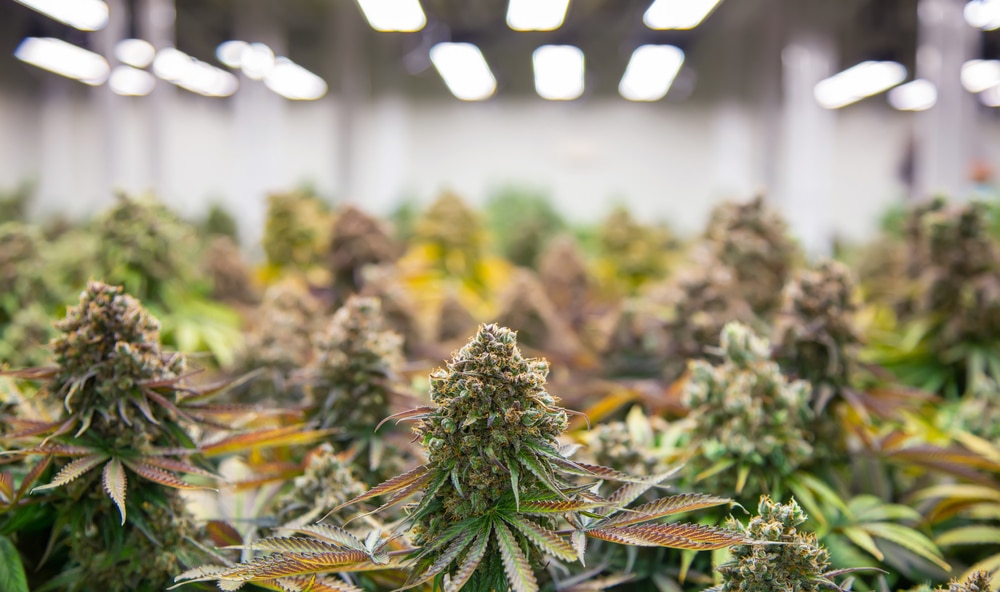
The right genetics
Genetics is a key consideration if you want to produce dense buds.
Many strains with unique traits affect the bud and plant structure, flavor, aroma, and specific effects.
Sativas typically produce lighter buds, while indica strains develop denser and thicker blooms.
Certain strains won’t guarantee dense flowers, even under favorable circumstances. Choosing high-yielding ones is ideal, but your cultivation efforts are more important than cannabis genetics.
Sativa-dominant vs. indica-dominant
Leaves and buds grow at the nodes along the stems of cannabis plants.
Sativa-dominant variants typically have longer internodal spacing than their indica-dominant counterparts.
Indica flowers develop in clusters at the nodes of the branches, stemming with minimal space between them. Sativa buds often develop larger than their counterparts.
Bud limits
Some strains have specific traits that remain unchanged even under optimal conditions. Even with the best-growing setting, indicas typically produce more dense buds than sativas.
Marijuana plants may not change even if you use the best lighting, nutrients, and growth conditions. You should carefully select the strains, considering what your grow room can handle.
Choosing balanced hybrids is an ideal option to offer the best of both worlds with balanced effects, density, flavors, and yields. Female plants are also preferential for delicious tasting buds with potent weed.
Grow bigger buds
Most gardeners have a lifelong goal of getting bigger buds, but this doesn’t happen overnight. Cannabis cultivation is a process that takes time to learn and perfect since you cannot hasten a plant’s ability to produce favorable results.
Writing down what you do with your plants daily is among the best approaches. When you achieve a successful harvest, review what you could do better and improve your skills with subsequent grows.
If you’re looking for the best resources for planting, growing, and harvesting your cannabis plants, visit The Seed Fair.
We provide many essential resources to enhance your cultivation journey, giving you access to the best seeds and marijuana varieties. Check out our blog to learn more about your favorite strain’s characteristics when purchasing the seeds.


